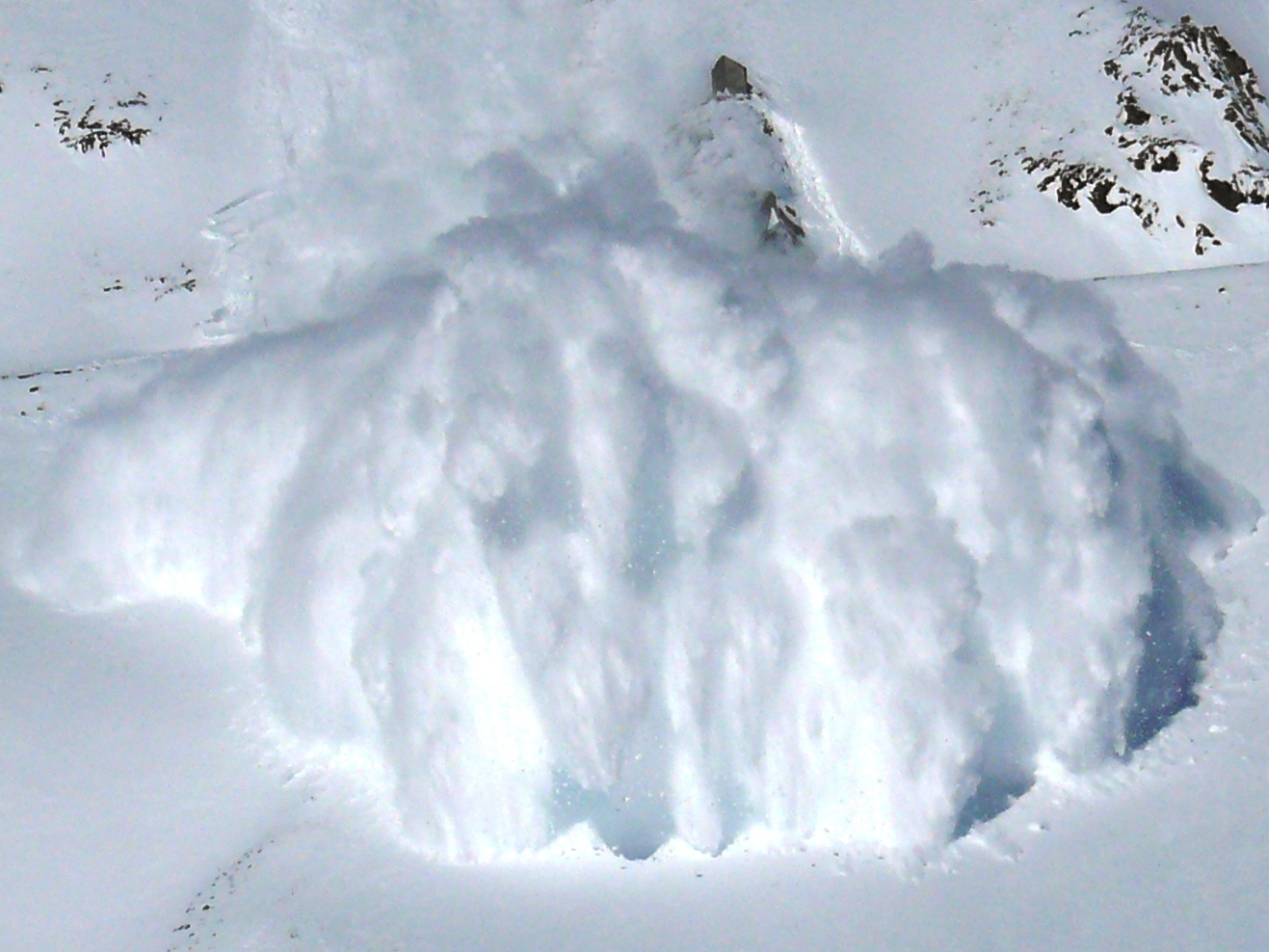2018-02-08
Using seismic measuring devices to record avalanches
Avalanches pose a danger to mountain villages and snow sports enthusiasts. Some recent avalanches have provided important information for reliably assessing avalanche danger. However, since many avalanches fall at night or in uninhabited areas, there is often uncertainty about when they occurred and how many actually swept down into the valleys below. A joint project by the Swiss Seismological Service (SED) at the ETH Zurich and the WSL Institute for Snow and Avalanche Research (SLF) showed that seismic measurements could help determine such facts.
Read more...However, there were a number of difficulties to overcome. Unlike earthquakes, the signals associated with avalanches have neither a clear beginning nor distinct wave phases. This makes avalanche falls hard to detect using conventional seismic methods. Furthermore, signal quality suffers from the continuous motion of descending avalanches. So researchers at the SED developed a computer model that uses special methods to process these signals. The model was tested on more than 350 real avalanches recorded by the SLF above Davos in 2012.
The results are promising: the computer model automatically recorded over 90% of all avalanche falls. Fine-tuning their detection would necessitate deploying a higher number of sensors in a more sophisticated configuration. The SED, in collaboration with the SLF, now intends to further investigate this and thereby make an important contribution towards forecasting avalanche danger.
Publication: Heck, M., Hammer, C., van Herwijnen, A., Schweizer, J., and Fäh, D.: Automatic detection of snow avalanches in continuous seismic data using hidden Markov models, Nat. Hazards Earth Syst. Sci., 18, 383-396, https://doi.org/10.5194/nhess-18-383-2018, 2018.
